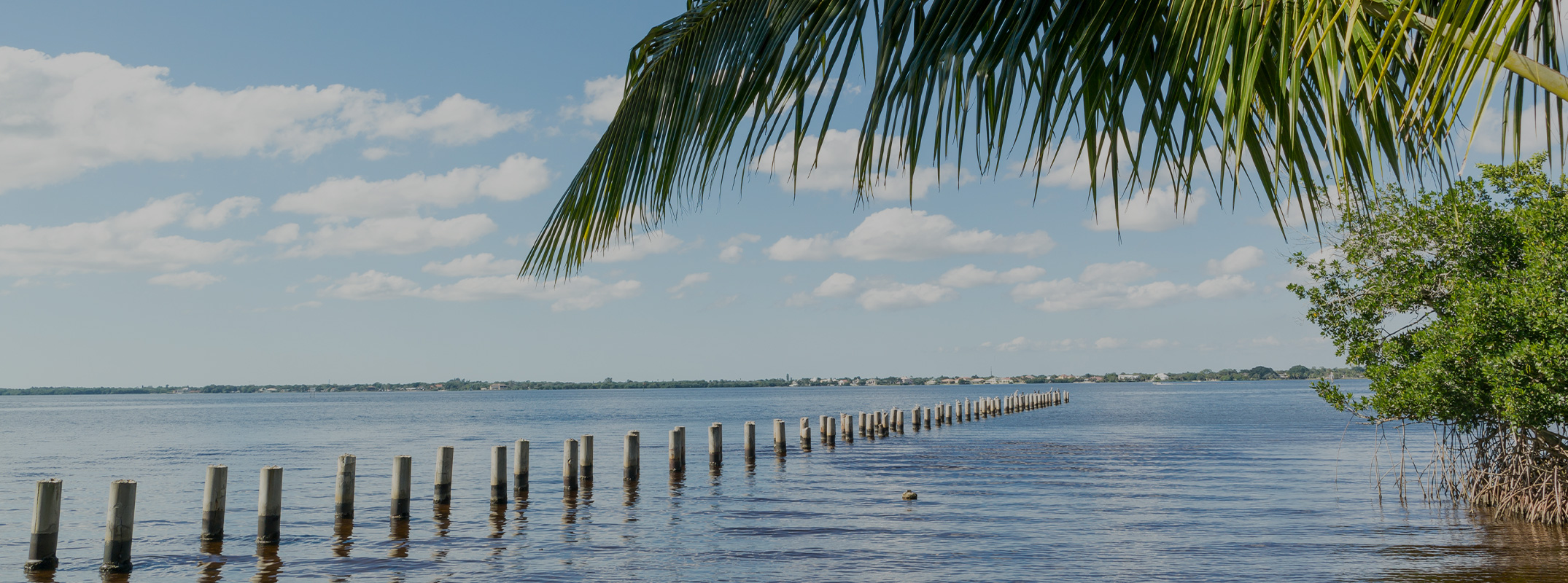Supreme Court Says Landowners May Challenge EPA’s Wetland Determinations in Enforcement Cases in Court.
On March 21, 2012, the United States Supreme Court issued a unanimous opinion holding that a United States Environmental Protection Agency compliance order is final agency action for which no other adequate remedy exists except Administrative Procedures Act review and that the Clean Water Act does not preclude review of compliance orders under the Administrative Procedures Act.
This case arose from an EPA enforcement case against the Sacketts, a husband and a wife, who purchased a 2/3 acre residential lot in Bonner County, Idaho. The property is within an existing development and there are permanent structures on adjacent properties. The Sacketts filed a portion of their lot in preparation for constructing a home. Some months later, the Sacketts received a compliance order from the EPA that included “Findings and Conclusions” stating that the Sacketts’ property had jurisdictional wetlands and that the Sacketts had filled those wetlands without a permit, a violation of the Clean Water Act which bans “the discharge of pollutants” into waters of the United States without a permit. The compliance order went on to require that the Sacketts immediately undertake work to restore the site and provide EPA or its designees access to the site and the Sacketts’ records or risk daily fines in the amount of $75,000 per day ($37,500 for violating the Clean Water Act and $37,500 for violating the compliance order).
The Sacketts dispute the wetlands determination set forth in the compliance order and filed suit to challenge the Compliance Order under the Administrative Procedures Act as arbitrary and capricious and a violation of the Fifth Amendment protections against loss of life, liberty or property without due process of law. The District Court dismissed the case on the basis of lack of subject matter jurisdiction and the Ninth Circuit Court of Appeals affirmed on the basis that a compliance order was not final agency action subject to review under the Administrative Procedures Act. The United States Supreme Court granted the Sacketts certiorari in 2011.
Writing for the Court, Judge Antonin Scalia states that this case is not resolved on the merits, i.e. whether the Sacketts property in fact has “navigable waters” which are protected under the regulatory scheme of the Clean Water Act and that were filled without a permit, but rather on the procedural issue of whether a EPA compliance order resulting from an alleged violation of the Clean Water Act is final agency action which may be challenged under the Federal Administrative Procedures Act. Prior to his procedural analysis, Judge Scalia alludes to the fact that this case appears to arise out of the uncertainty generated by the Court’s somewhat inconsistent previous decisions regarding a clear definition of “navigable waters” and “waters of the United States” (specifically, United States v. Riverside Bayview Homes, Inc. 474 U.S. 121 (1985), Solid Waste Agency of Northern Cook County v. Army Corps of Engineers, 531 U.S 159 (2001) and Rapanos v. United States, 547 U.S. 715 (2006). This same issue is addressed in Justice Alito’s concurrence with his recommendations for relief of this uncertainty.
The Court specifically rejected EPA’s claims that a compliance order was not final agency action, but simply “a step in the deliberative process” that invited the party receiving the order to enter into discussions with agency staff. Instead, the Court found that the compliance order made it abundantly clear that EPA had reached a decision that the Sacketts were in violation of the Clean Water Act and the next issue was for the agency to decide whether it was sufficiently comfortable with that determination to proceed to litigation with the Sacketts on the claims of an alleged violation if or when the Sacketts declined to comply with the order. The Court noted that such a decision by the Sacketts would result in vast financial risk for double fines in the event they failed to defeat the agency in court. The Court likewise rejected the agency’s claim that the Clean Water Act precludes judicial review under the Administrative Procedures Act when the agency decides to use its administrative process rather than a judicial one for purposes of enforcement.
Justice Ginsberg, in her concurrence to Court’s opinion, limits her agreement to the determination that the Sacketts could immediately contest the EPA’s determination of jurisdictional wetlands on their property in federal court, but not the compliance order itself.
Justice Alito’s concurrence directly addresses the uncertainty wrought by the cases resulting from the Clean Water Act and the threat to private property rights raised by that uncertainty. He states that real relief will require that Congress provide a reasonably clear rule defining the reach of the Clean Water Act after 40 years of inaction. He seems to recognize the enormity of that statement by acknowledging that in the absence of such bold action by Congress, the only fair thing to do is allow landowners to challenge the EPA determinations of regulatory jurisdiction on a case by case basis.
The Court’s opinion may be found at http://www.supremecourt.gov/opinions/11pdf/10-1062.pdf
http://news.findlaw.com/apnews/987ce8ee3077469390e59e7bfec2b8e1
For further information regarding the impact of this opinion on Florida property owners, contact Katherine R. English.

